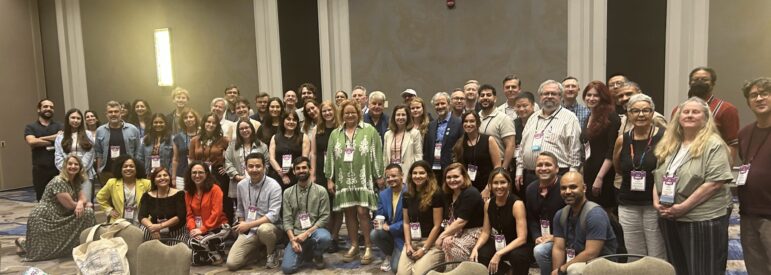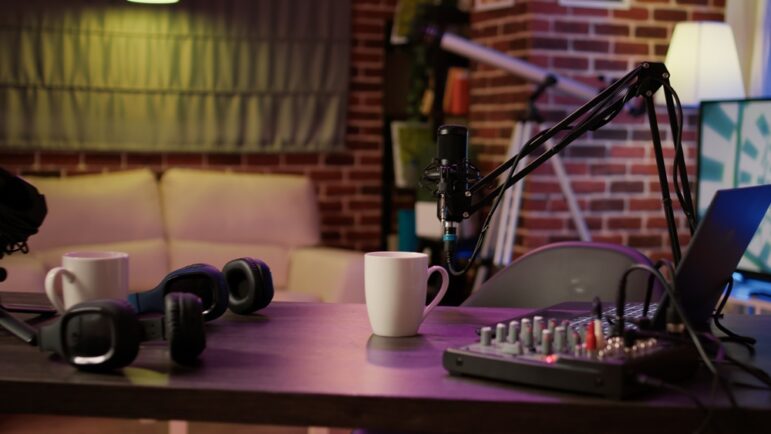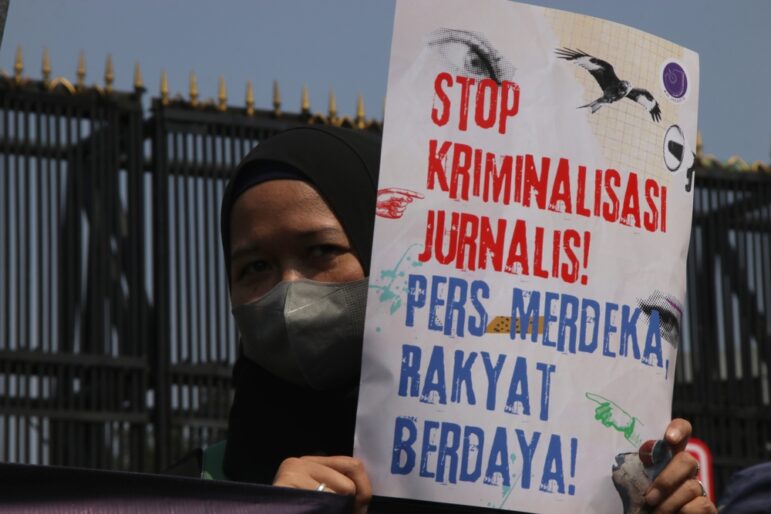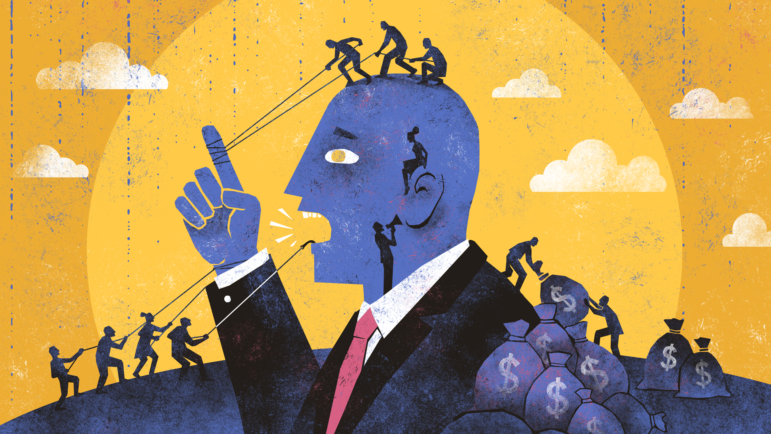
Data Journalism Top 10
Airstrikes in Iran and Israel, Los Angeles ICE Protests, India Plane Crash, and ‘Jaws’ Turns 50
Also featuring the data behind Russia’s efforts in Ukraine, why it’s so hard to ditch coal as an energy source, and a literary map of Rio de Janeiro.








